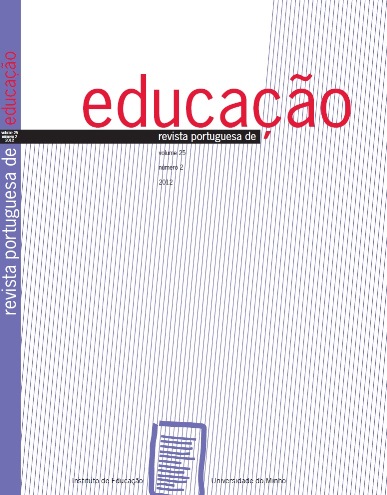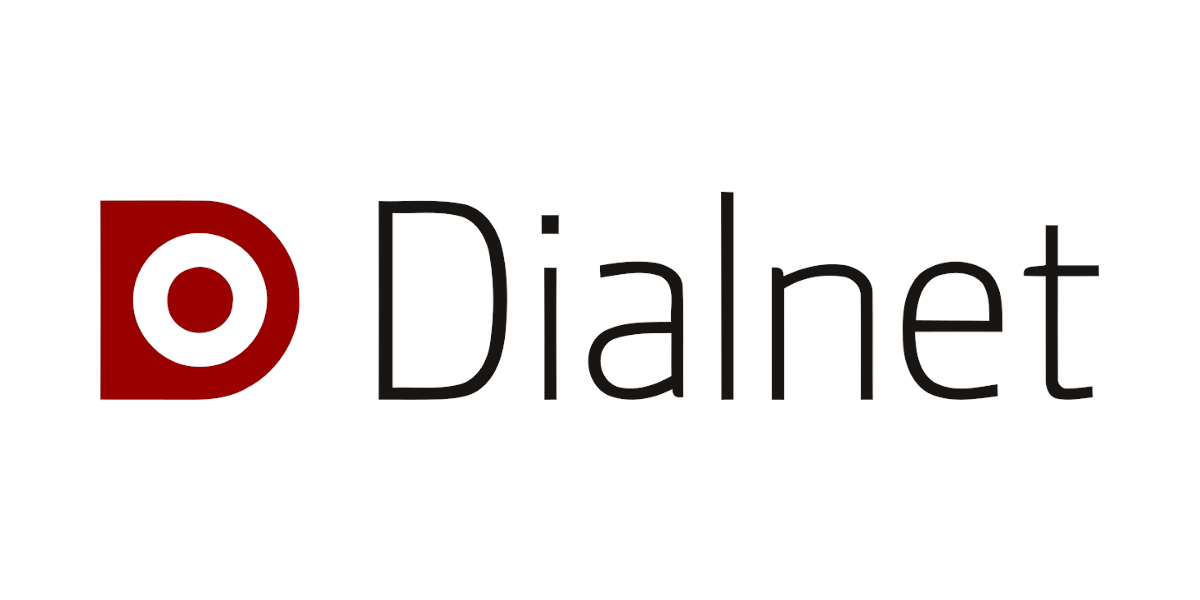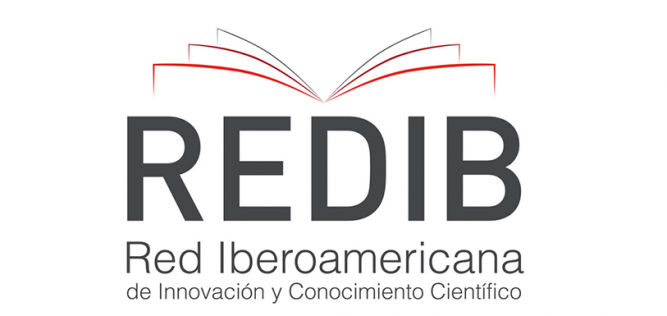EDUCATIONAL RESOURCES AND THE USE OF ICT IN SECONDARY EDUCATION IN MATHEMATICS
DOI:
https://doi.org/10.21814/rpe.3009Abstract
The problem underlying the study considers that the integration of resources from diverse typologies, as well as the evidence of its quantity, reveals a way of acting from which teaching strategies that involve the training process were derived. For this reason, this study is mainly intended to find out what are, in general, the resources used in Secondary Education and, particularly, in Mathematics, as well as meet those relating to the use of ICT. This is a case study, which used a questionnaire to collect data, and involved 97 students from northern Portugal. As a conclusion, we note that the educational resources that are more used in different disciplines still are the textbooks and worksheets, although they didn’t motivate the students. The same reality is visible in the Mathematics classes, where only occasionally other resources such as graphic calculators, computers and Internet are used.
Keywords
Educational resources; ICT; Secondary Education; Mathematics
Downloads
Downloads
How to Cite
Issue
Section
License
1. The authors preserve their authorship and grant the Portuguese Journal of Education the right to the first publication. The work is licensed under Creative Commons Attribution License that allows sharing the work with the acknowledgment of initial authorship and publication in this Journal.
2. The authors have the right to take additional contracts separately, for non-exclusive distribution of the published version of their work (e.g. to deposit in an institutional repository or as a book chapter), acknowledging the initial authorship and publication in this Journal.
3. The authors have the permission and are stimulated to post their work online (e.g. in an institutional repository or on their personal website). They can do this at any phase of the editorial process, as it may generate productive changes, as well as increase impact and article citation (see The Open Citation Project).
The work is licensed under Attribution-ShareAlike 4.0 International (CC BY-SA 4.0)




















